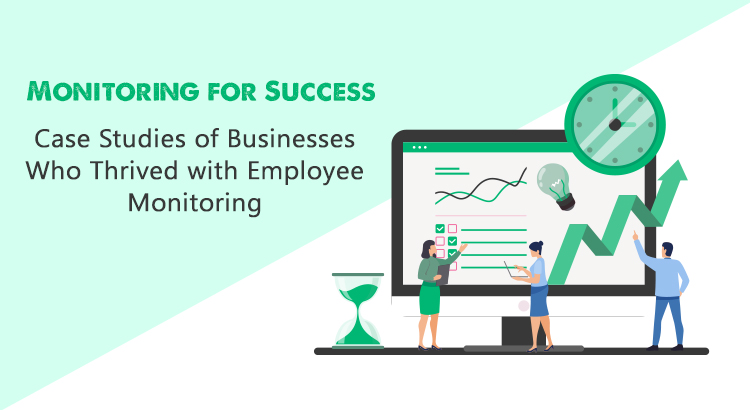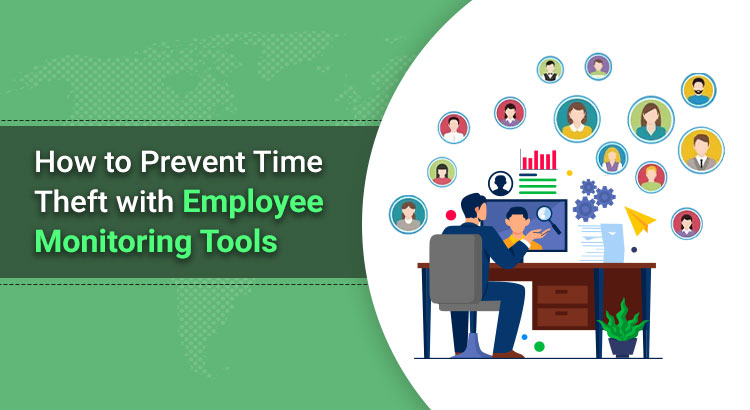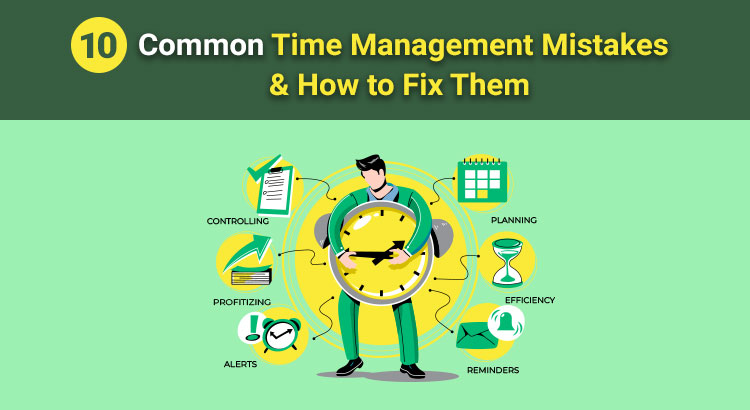Monitoring for Success: Case Studies of Businesses Who Thrived with Employee Monitoring
- October 18, 2024

In today’s fast-paced business landscape, staying ahead of the curve requires more than just a great product or service. It demands a deep understanding of your organization’s inner workings, employee productivity, and security protocols. Employee monitoring has emerged as a powerful tool to achieve these goals. In this blog, we’ll delve into real-world case studies of businesses that not only survived but thrived by implementing robust monitoring practices.
1. The Power of Employee Monitoring
Employee monitoring isn’t about micromanagement; it’s about informed decision-making. Here’s why businesses are embracing it:
Productivity Boost: Monitoring helps identify bottlenecks, time-wasting activities, and inefficiencies. Armed with this data, companies can optimize workflows and enhance overall productivity.
Security Enhancement: From data leaks to insider threats, businesses face numerous security risks. Monitoring ensures compliance, prevents unauthorized access, and safeguards sensitive information.
Legal and Ethical Compliance: Monitoring helps companies adhere to legal requirements and ethical standards. It’s a proactive approach to avoid legal pitfalls.
2. Case Studies: Success Stories
Idiosys Technologies: A Productivity Turnaround
Idiosys Technologies, a mid-sized IT firm, struggled with project delays and missed deadlines. After implementing employee monitoring tools, they discovered that certain teams were spending excessive time on non-work-related websites. Armed with this insight, they restructured work hours, provided targeted training, and witnessed a remarkable turnaround. Project completion rates improved by 30%, and employee morale soared.
3. Best Practices for Effective Monitoring
a. Transparency Matters
- Communicate openly with employees about monitoring policies.
- Highlight the purpose (productivity, security, compliance) and emphasize that it’s not about distrust.
b. Balance Privacy and Oversight
- Focus on work-related activities.
- Avoid invasive practices that infringe on personal privacy.
c. Choose the Right Tools
- Invest in user-friendly monitoring software.
- Look for features like real-time alerts, customizable reports, and secure data storage.
4. Conclusion: Empowering Success
Employee monitoring isn’t a Big Brother scenario; it’s a strategic move toward success. By leveraging insights from monitoring, businesses can optimize processes, enhance security, and foster a culture of accountability. Remember, monitoring isn’t about watching every keystroke—it’s about unlocking your organization’s full potential.
So, whether you’re a startup or an established enterprise, consider embracing employee monitoring. The success stories are real, and the benefits are tangible.
In business, success comes from both big wins and small, consistent efforts. Think of employee monitoring as a guide that helps everything work together smoothly, ensuring safety and helping the business grow. As you navigate the corridors of your organization, remember that monitoring isn’t about stifling creativity or casting shadows. It’s about illuminating pathways. So, whether you’re a startup founder, a seasoned CEO, or a team lead, consider this: Monitoring isn’t a constraint; it’s a compass. It guides you toward productivity’s sweet spot, secures your data’s sanctity, and fuels your journey toward excellence.

How to Prevent Time Theft with Employee Monitoring Tools



